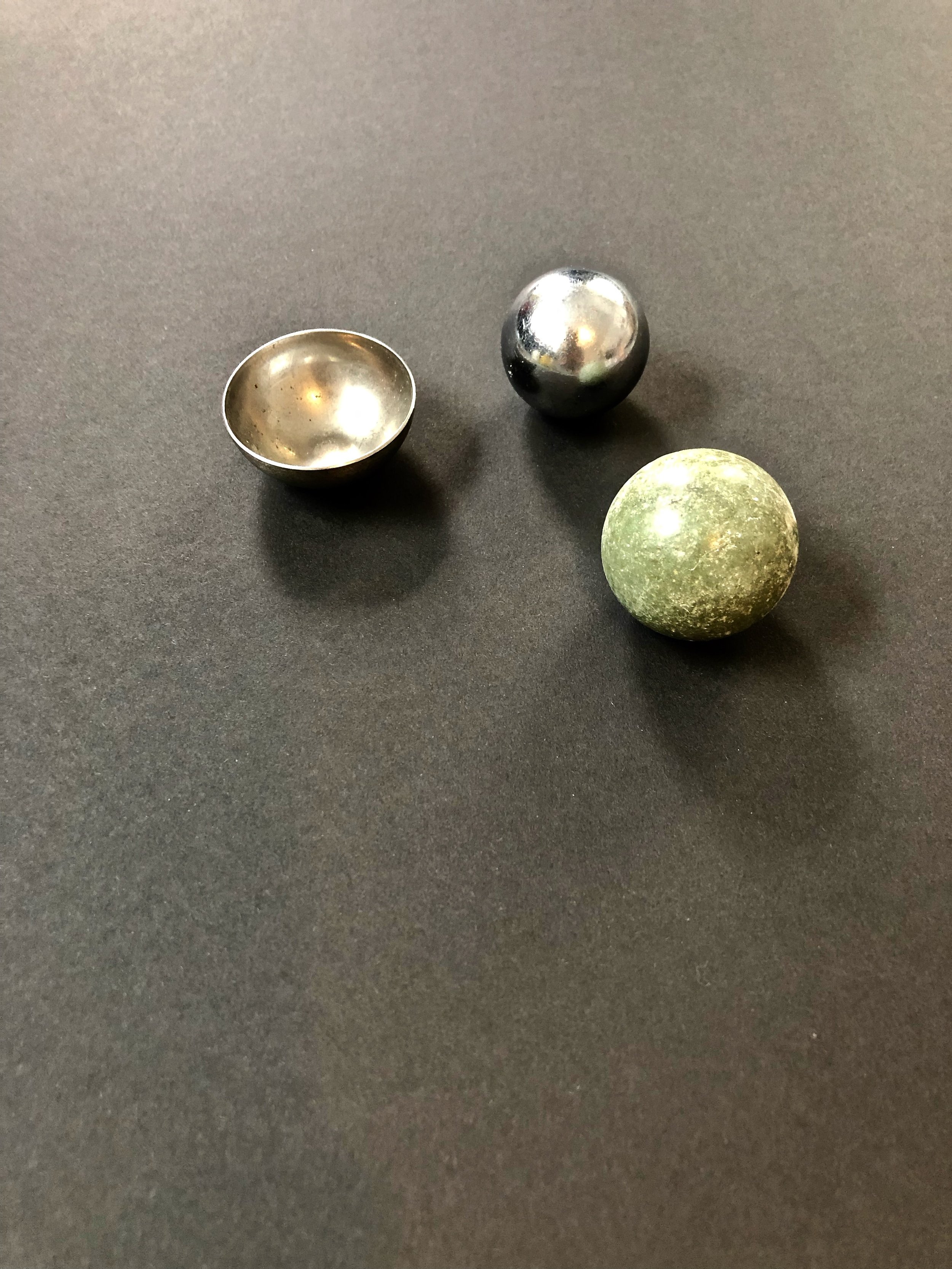Reprints
Discover a wealth of knowledge in our collection of article and dissertation reprints, carefully selected from external sources. These publications, which have been previously featured in journals, conference proceedings, or as part of doctoral theses, offer valuable insights into various aspects of timbre and orchestration research. By bringing together these resources, we aim to provide a comprehensive overview of the field and facilitate access to important works that may otherwise be difficult to find.
Human speech surrounds us with music almost constantly. Most of the time, we receive this speech in a functional way: we hear the words and focus on their meaning, our main interest being the exchange of information, not the aesthetics of the sound world. But all we have to do is make a choice, consciously change our listening mode, press a button in the brain and decide to listen to the music in speech, to suddenly find ourselves in a world of fascinating and beautiful melodies, rhythms and timbres. This is just a slightly more specific case of the lesson of John Cage and so many others, who encourage us to open our ears to the music that is there for us all the time, if only we allow ourselves to hear it.
In raising the question of form-bearing dimensions in music, we are trying to understand the possibilities and limits of the apprehension of musical form in terms of the psychological mechanisms that operate on a received acoustic structure.
This doctoral thesis presents how the orchestration of timbre is in- vestigated from a performer’s perspective as means to “unfold” im- provisational processes. It is grounded in my practice as a pianist in the realm of improvised music, in which I often use preparations and objects as extensions of the instrument.
An analysis of orchestration treatises and musical scores reveals an implicit understanding of auditory grouping principles by which many orchestration techniques give rise to predictable perceptual effects. We present a novel theory formalized in a taxonomy of devices related to auditory grouping principles that appear frequently in Western orchestration practices from a range of historical epochs.




